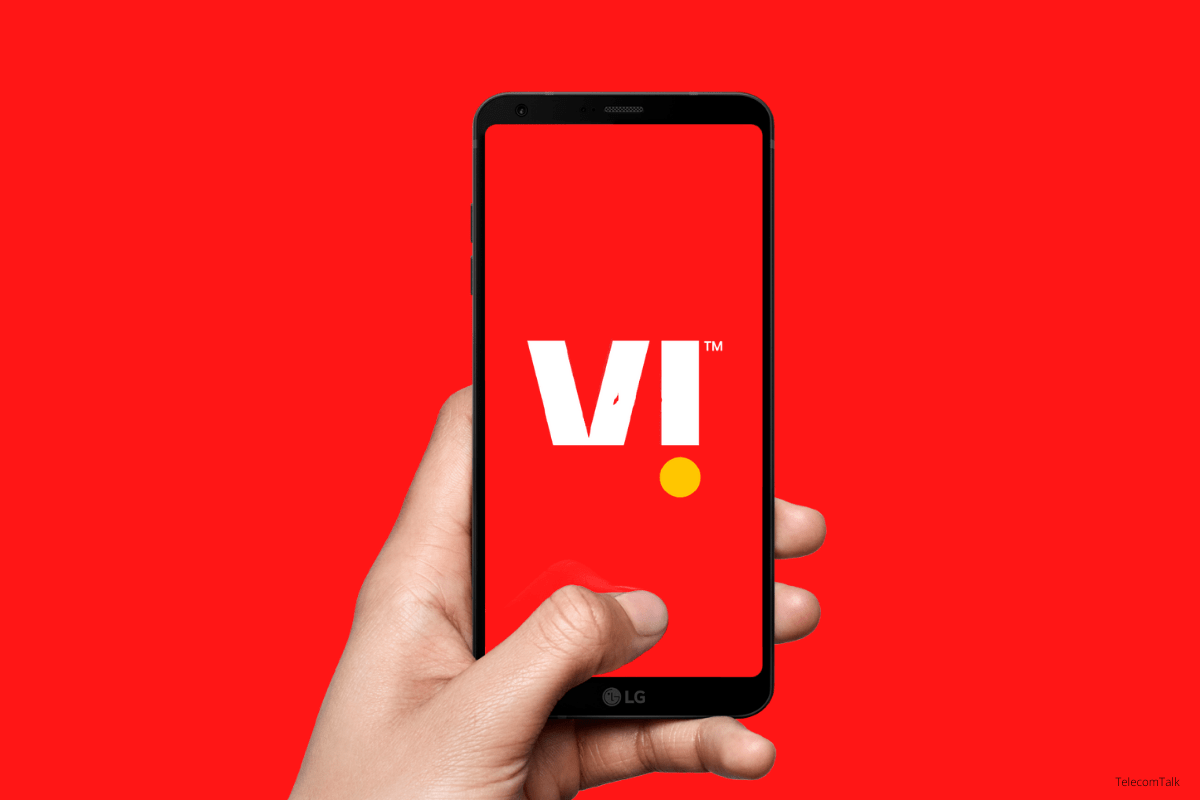Vodafone Idea CEO Says Plan B for Funding Not Needed
In a release, Vodafone Idea said that its revenue in its fourth-quarter was otherwise “flat QoQ” on a “comparable basis.” The operator also said that its average revenue per user (ARPU), a key metric, declined to Rs 107 in its fourth quarter as compared to Rs 121 in the previous quarter. Vodafone Idea highlighted that decline in ARPU was also largely due to the IUC removal, “adjusting for which ARPU was broadly flat this quarter.” In comparison, Bharti Airtel, the second-largest operator also recorded a drop in ARPU in its fourth quarter to Rs 145, as compared to Rs 166 in its previous quarter. Similarly, Reliance Jio, the largest wireless operator in India also recorded a dip in ARPU to Rs 138.2 in its fourth quarter as compared to Rs 151 in its third quarter. “While operating performance is stabilising, the company continues to lose market share,” Edelweiss Research said in its report on Friday. “Investments in the network are crucial to arrest declining market share.” However, the firm said that the balance sheet of Vodafone Idea is now “precarious” and that fundraising and hike in tariffs are “essential” for the operator to “make investments” on its network. “Given meagre INR3.5bn in cash on its books, the overriding issues for Vi are capital-raising and tariff hikes rather than quarterly execution,” Edelweiss Research said. Ravinder Takkar, chief executive officer at Vodafone Idea in the earnings call on Friday said that the company is “fully engaged with investors” and that “there continues to be interest” from potential investors. “I don’t think at this point a Plan B for funding is needed. We have a plan. We are engaged with investors,” Takkar said in the earnings call. “I don’t think there is any reason to start creating Plan B because something is not happening. We are not at that point yet. I don’t think we will reach that point.” Takkar also highlighted that the three large telecom operators have all unveiled “new plans without daily limits with lesser data bundles” as compared to the traditional daily data plans. The CEO at Vodafone Idea said that these “new plans” are a “step in the right direction as pricing structure” requires correction. Further, Takkar said that the operator has the “ability to sell data bundles” that users can “use anytime” and “pay more if they need additional data allowance.” “The pricing is much lower than it needs to be, whereas the consumption that our customers and overall the citizens enjoy is significantly higher than what it used to be from somewhere, several years ago,” Takkar said. Vodafone Idea CEO said that there are multiple ways to improve the pricing structure with floor pricing being the “best way” but that “it needs to be done at the right price.” “We believe the company will be able to raise tariffs only after capital infusion, and that regulatory intervention is necessary to spur tariff hikes,” Edelweiss Research said.
Vodafone Idea “Weakest Private Telco” Says, Analyst
Meanwhile, ICICI Direct, a retail broker and financial product distributor in India said that the third-largest operator “remains the weakest private telco.” The firm highlighted that Vodafone Idea has payment commitments of around Rs 16,000 crore for annual spectrum payment and around Rs 8400 crore for adjusted gross revenue (AGR) dues by April 2022. Takkar in the earnings call said that the operator has made a request to the government to extend the current two-year moratorium for spectrum payments till the “big elements” like pricing are addressed. “AGR dues payment extension was only a short-term breather and its survival hinges on quick capital infusion and tariff hike/floor tariff implementation,” ICICI Direct said in its report. “The need for capitalisation is urgent mainly due to its upcoming payment commitments, lagging spends on the network and continued relative market share loss.” Motilal Oswal Financial Services said that its “workings indicate” that the operator “needs to double its ARPU to service its debt” in the upcoming financial year “assuming no further subscriber churn.”
